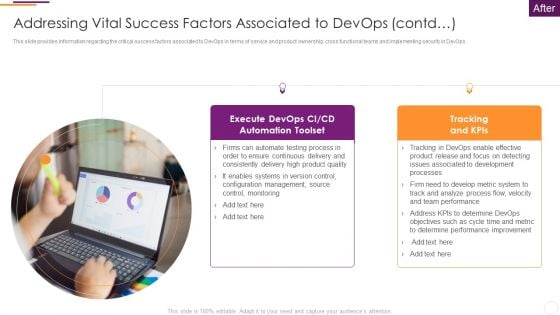In today’s digital landscape, creating applications that can run seamlessly across multiple platforms is essential for reaching a wider audience and maximizing your impact. However, cross-platform development comes with its own set of challenges, ranging from compatibility issues to differences in user experience. In this article, we will explore the intricacies of navigating the challenges of cross-platform development and offer tips and strategies for successfully overcoming them. Whether you are a seasoned developer or new to the world of app development, this guide will provide valuable insights to help you navigate the complexities of developing for multiple platforms.
Understanding the differences between platforms
-
Each platform has unique requirements and capabilities that developers must consider.
-
Variances in hardware, software, screen sizes, and user interfaces can impact cross-platform development.
-
Navigating these differences successfully requires thorough research, testing, and adaptation strategies.
-
Learn more about how we address cross-platform challenges at AnyAlpha Animation & Graphic Design.
Implementing a consistent user experience across platforms
-
Ensure seamless navigation and design elements
-
Use responsive design techniques
-
Conduct thorough testing on various devices
-
Maintain brand consistency
-
Utilize native components when possible
For more information on web development services in New York, visit AnyAlpha.
Managing code and resources for multiple platforms
-
Utilize cross-platform development tools like Xamarin, Flutter, or React Native to streamline code management across various platforms.
-
Implement feature flags to control which platform-specific code and resources are included in the final build.
-
Utilize platform-specific libraries and APIs when necessary to enhance performance and user experience.
-
Regularly update code and resources to ensure compatibility with the latest platform versions.
-
For more information on managing code and resources for multiple platforms, visit AnyAlpha Mobile App Development Company.
Testing and debugging on different platforms
-
Conduct thorough testing on each platform to ensure compatibility and functionality
-
Utilize platform-specific tools for debugging and troubleshooting
-
Address any platform-specific issues promptly to streamline development process
For more information on cross-platform development and digital marketing, visit AnyAlpha.
Handling platform-specific features and capabilities
- Identify unique features and limitations of each platform
- Utilize platform-specific APIs for enhanced functionality
- Test extensively on different devices and operating systems
- Implement fallback options for platform-incompatible features
For more information, visit AnyAlpha’s Web Designing Company in Texas page.
Ensuring compatibility with different devices and screen sizes
- Use responsive design techniques
- Test on various devices and screen sizes
- Utilize frameworks like Bootstrap or Foundation
- Consider adaptive layouts and flexible grids
- Check compatibility with different browsers
For more information on cross-platform development, visit our website.
Keeping up with platform updates and changes
- Regularly monitor platform updates for iOS, Android, and web to ensure compatibility
- Stay informed about new features, design guidelines, and best practices
- Test applications on different platforms to identify and address any issues promptly
- Utilize tools and resources provided by platforms to optimize performance and user experience
- Consider partnering with a reliable development company like AnyAlpha for expert guidance.
Managing deployment and distribution across platforms
- Centralized deployment tools streamline the process
- Utilize automated testing for scalability
- Implement cross-platform app stores for wide distribution
- Leverage cloud services for seamless updates
For more information on cross-platform development, visit AnyAlpha.
Collaborating with a multi-disciplinary team for cross-platform development efforts
- Involve experts in various fields such as design, development, and quality assurance
- Utilize project management tools like Trello or Jira for seamless communication
- Conduct regular meetings to synchronize efforts and address any challenges
- Leverage each team member’s strengths to optimize the development process
-
Visit our website UI/UX design for more information.
Conclusion
In conclusion, navigating the challenges of cross-platform development requires a comprehensive understanding of the differences between platforms, the implementation of a consistent user experience, effective management of code and resources, thorough testing and debugging on various platforms, handling platform-specific features, ensuring compatibility with different devices and screen sizes, keeping up with platform updates, managing deployment and distribution, and collaborating with a multi-disciplinary team. By addressing these key areas, developers can successfully create and maintain high-quality, cross-platform applications that meet the needs of users across a variety of devices and operating systems. The importance of staying adaptable and continuously learning in this ever-evolving landscape cannot be overstated, as cross-platform development continues to grow in complexity and importance in the tech industry.
If you’re looking for a comprehensive tool to streamline your cross-platform development process, look no further than DeltaWriter. Visit https://DeltaWriter.com to learn more about how this innovative platform can help you navigate the challenges of cross-platform development with ease.

Director @Anyalpha, a Top Software Development Company offering Mobile App Development and Website Development Services to Businesses & Startups.



